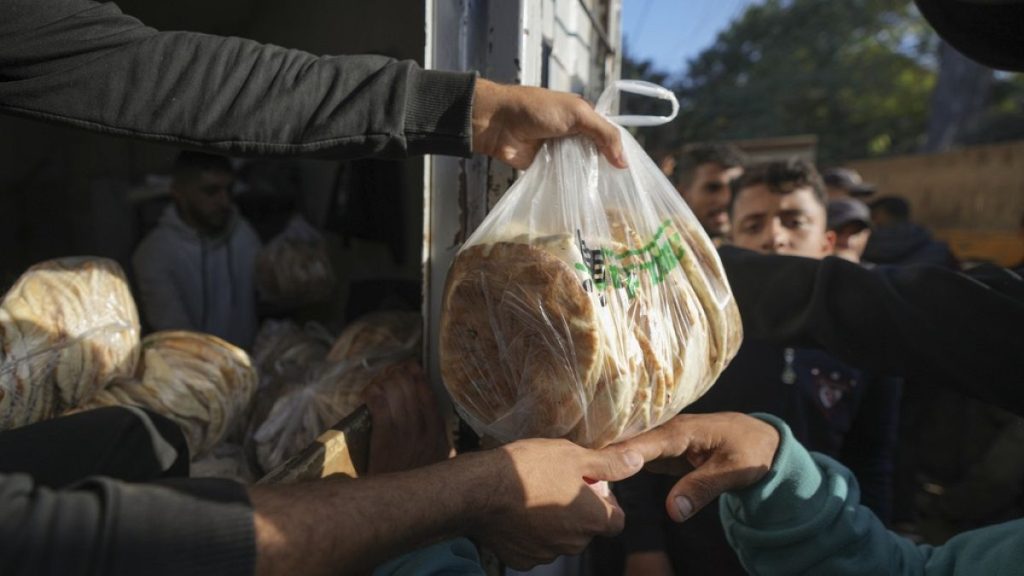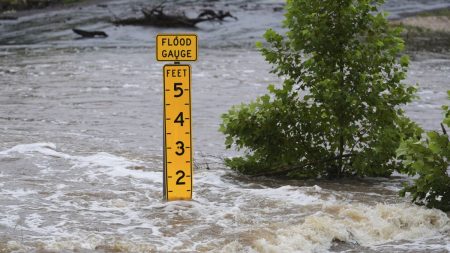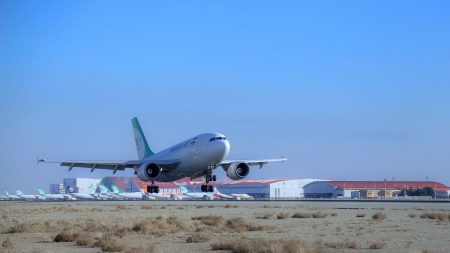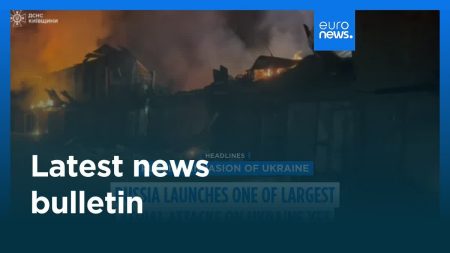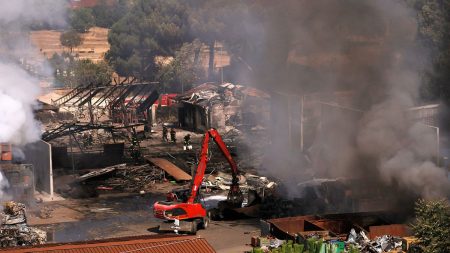Amidst the ongoing conflict in Gaza, the humanitarian crisis has reached critical levels, particularly in Deir al-Balah, where desperate crowds line up outside bakeries in search of bread. The situation has become dire, as shortages of flour and fuel have escalated due to continuous fighting, leading to widespread hunger among the population. Reports from the World Food Programme (WFP) reveal that all bakeries in central Gaza have shut down due to insufficient supply and humanitarian aid. With nearly two million individuals in Gaza facing “extremely critical” levels of hunger, the WFP warns that the risk of famine persists without a cessation of hostilities and an increase in humanitarian assistance.
The United Nations has echoed these sentiments, stressing that bread serves as a lifeline for many families in Gaza, often representing their only source of sustenance. As malnutrition rates rise, the Office for the Coordination of Humanitarian Affairs has sounded alarms about the deteriorating nutrition situation throughout the region. This worsening landscape is exacerbated by the fact that approximately 131,000 people have fled from northern Gaza due to an Israeli military offensive, leaving a substantial number of residents cut off from access to essential resources in areas like Beit Lahiya and the Jabaliya refugee camp.
The humanitarian blockade has intensified fears of famine among food security experts, with warnings that thresholds indicative of starvation may have already been crossed. Organizations like Oxfam have reported that Israeli authorities have hindered NGOs from delivering crucial aid to northern Gaza, resulting in tens of thousands of individuals lacking access to food, water, and electricity. The situation is described as chaotic; with increased military actions since October 6, aid missions have severely dwindled, from hundreds of trucks a day to a stark average of only 37 entering Gaza last month.
While many Palestinians hoped for some reprieve following a ceasefire deal between Israel and Hezbollah, the reality in Gaza remains grim. There are concerns that this agreement allows Israel to concentrate its military efforts solely on Gaza, leading to more violence. Families of those kidnapped by Hamas have expressed disappointment in this diplomatic development, viewing it as a missed opportunity to negotiate for the hostages’ release alongside a broader ceasefire. This sentiment underscores the anguish surrounding the ongoing conflict and its impact on countless lives.
It is important to note that although the situations in Lebanon and Gaza are intertwined, Israel’s strategic goals differ significantly between the two locales. In Lebanon, the objective is to push Hezbollah away from the border region, an aim bolstered by the recent ceasefire. Conversely, Israel, under Prime Minister Benjamin Netanyahu, remains adamant about completely dismantling Hamas and retaining territorial control over parts of Gaza. This objective is compounded by the ongoing captivity of hostages held by Hamas, which continues to shape Israel’s military posture and actions in the region.
Additionally, the United States has played a role in shaping the international response to the crisis in Gaza. By vetoing a UN resolution advocating for a ceasefire that did not stipulate the release of hostages, the U.S. has positioned itself in alignment with Israeli priorities. This political dynamic complicates the landscape for potential peace negotiations, as the humanitarian situation deteriorates further. As the cycle of violence continues unabated and the humanitarian crisis deepens, millions of Palestinians are left without basic necessities, and the prospect for a peaceful resolution remains elusive.




